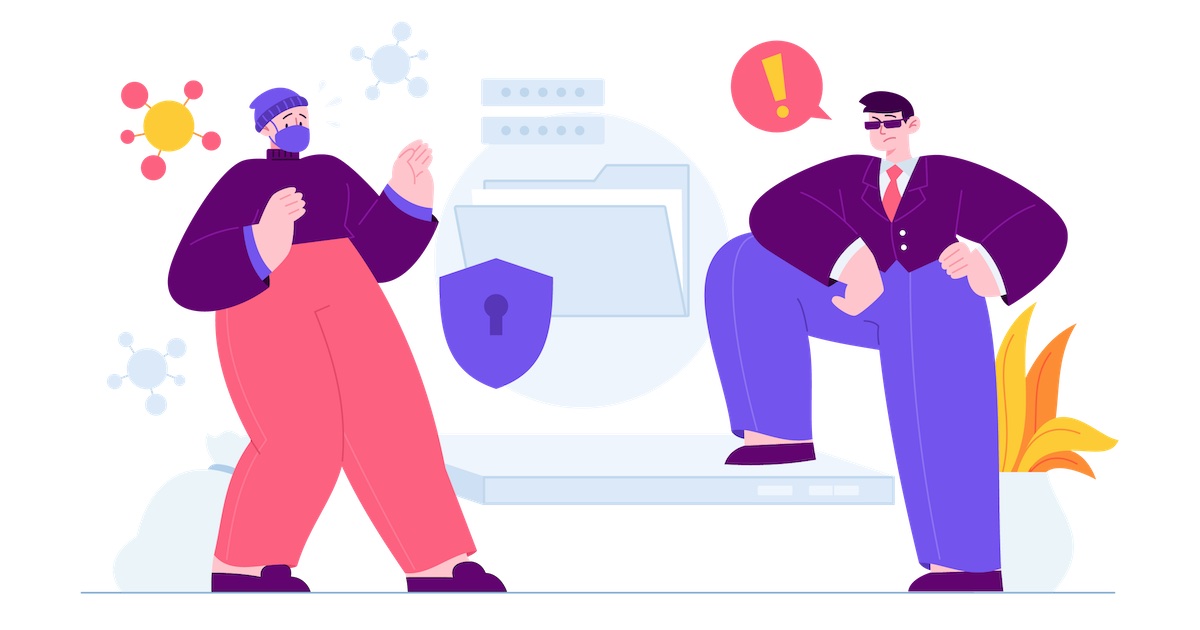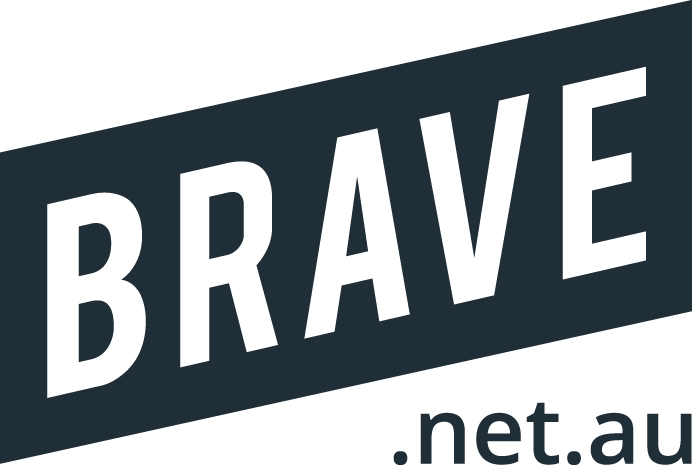
10 Ecommerce Fraud Prevention Strategies
Fraud hurts everyone. Not only do those who are frauded suffer, so do businesses in loss of revenue, fees and other overhead costs. And in the long run, they often lose customer loyalty because shoppers are unlikely to return to shop with you if their previous shopping experience was tainted by fraud.
Types of eCommerce Fraud
Friendly Fraud
Friendly fraud is when customers dispute legitimate online purchases with their banks or credit card companies, resulting in a chargeback. Additionally, companies face overhead costs that are included in chargeback processing which costs even more money in the long run.
Card Testing Fraud
Card testing fraud occurs when a fraudster obtains a stolen credit card and makes a small low-value purchase that would unlikely be noticed by the owner to verify if it works. Once verified, they then use that card to make more expensive purchases. These often result in the card being blocked which can also cost your business extra fees and disputes.
Online Payment Fraud
Often goes hand in hand with card testing fraud but occurs when the fraudster obtains someone else’s payment details and uses them to make purchases online. Scammers are often able to collect payment details by creating duplicate versions of your website where they collect buyers’ payment details through fake purchases made through the fake website.
Promotional Fraud
This often occurs when customers take advantage of promotions, affiliate programs or loyalty programs. Fraudsters are always looking for loopholes or ways to bend the rules to gain an advantage to get products for free.
Triangulation Fraud
This occurs when a customer makes a legitimate purchase on a third-party sales channel such as Catch or eBay but the product they purchased was fraudulently purchased from a different retailer’s website using a fraudulent credit card to fill that order. The fraudster collects the customer’s money and shipping information, sends the customer the product and keeps the cash from the customer. The person with the stolen credit card will likely dispute the transaction, thereby costing the retailer refund costs and chargeback fees.
Learn Red Flags to Watch For
Low-Value Orders: Transactions that amount to around a dollar are usually fraudsters testing cards to see what works.
High Order Volume: Fraudsters using stolen payment methods will often make big spends since they’re not the ones paying for it.
Watch IP Locations: A buyer’s IP address can tell a lot about where they are purchasing from, if they are buying from an unfamiliar or unlikely location or if several different orders are coming in from the same IP address.
Different Credit Cards: Watch for customers who make multiple purchases using different credit cards.
Mismatched Billing & Shipping Addresses: This occurs frequently with triangulation fraud. While it may be a legitimate purchase, you may want to look further into these purchases before shipping the goods.
PO Boxes: These are often used by scammers who have orders shipped to an anonymous location. If you are noticing frequent orders from such addresses, it’s time to investigate.
Repeated Transaction Declines: This often happens with fraudsters attempting to make a purchase without all of the information needed to finalise it.
Fraud Protection Strategies
Review Risky Orders: Once a red flag is raised, look further into it.
New Customers: Take a closer look at orders from new customers and watch for red flags.
Limit Order Quantities: Limit high volume orders for new or potentially risky customers.
Proof of Delivery: Require customer signatures upon delivery to accept the parcel.
Be PCI Compliant: If you’re processing online payments, you need to be sure you’re following the proper credit card guidelines and policies.
Provide Clear Policies: Make sure your policies are clear, concise and strong enough to combat any potential fraud tactics. Ensure your return policies are solid and can help your case against chargebacks or refunds. Ensure your policies cover every aspect of your website from passwords to promotions.
Card Verification: Ensure your purchasing system requires a CVN pin number to complete the purchase as well as an AVS system that verifies their billing address.
Build a Blocklist: Keep records of scammers or fraudulent purchases and associated details. Prevent any new orders that contain information that matches your blocklist.
IP Detection Tools: Use software that detects IP addresses previously associated with past fraud.\
Fraud Protection Apps: Look into what applications are available through your e-commerce platform to help protect against fraud attempts.
Call Us on 0419 810 727 to get the ball rolling.
Protect your Website or Ecommerce store with a Brave website security check-up. This means that we will perform an in-depth site audit on your website’s protection to gauge how it performs in these key areas:
- Site Security – Check to see if your website is secure from outside threats. Fraudsters are known to go after outdated software and we assess your site’s security to ensure known security risks are addressed and protected against.
- Website Settings – Sometimes, something as simple as a setting can put your site at risk. We check these to ensure your site’s settings aren’t leaving your site vulnerable to outside risks.
- Apps, Add-ons, Plugins & Themes – External apps/add-ons, Outdated plugins and themes can leave your site vulnerable to security risks and potentially break your website. We check to ensure all are updated and compatible so that your site stays in good working condition.
- Site Integrations – We ensure all external integrations such as Google and any other API service are configured correctly. Incorrect configurations can leave your site security at risk.



